Compared: 2023 Hyundai Ioniq 6 vs. 2023 Tesla Model 3
Hyundai brings stiff competition for Tesla's entry-level sedan.
 Hyundai | Tesla
Hyundai | Tesla
QuickTakes:
The 2023 Hyundai Ioniq 6 is poised for battle with the 2023 Tesla Model 3, the leader of relatively affordable electric sedans. This Hyundai EV is vaguely Beetle-like in looks yet sufficiently modern to satisfy mainstream tastes.
The Model 3 is also distinctively styled, with its mouthless front end and stark interior. For years, it's been the go-to electric for many, due to its affordability and performance — not to mention its access to Tesla's Supercharger network — but the Ioniq 6 poses a threat to its market share, especially with forthcoming Tesla Supercharger access.
 Hyundai
Hyundai
The Tesla Model 3 Boasts the Lower Cost of Entry
The cheapest Model 3 — equipped with a 57.5-kWh battery and one motor providing rear-wheel drive (RWD) — costs about $41,000. The automaker offers two dual-motor all-wheel-drive (AWD) variants as well. The Long Range car rings in at about $49,000 while the zippier Model 3 Performance opens at roughly $55,000. Both feature 82.0-kWh packs.
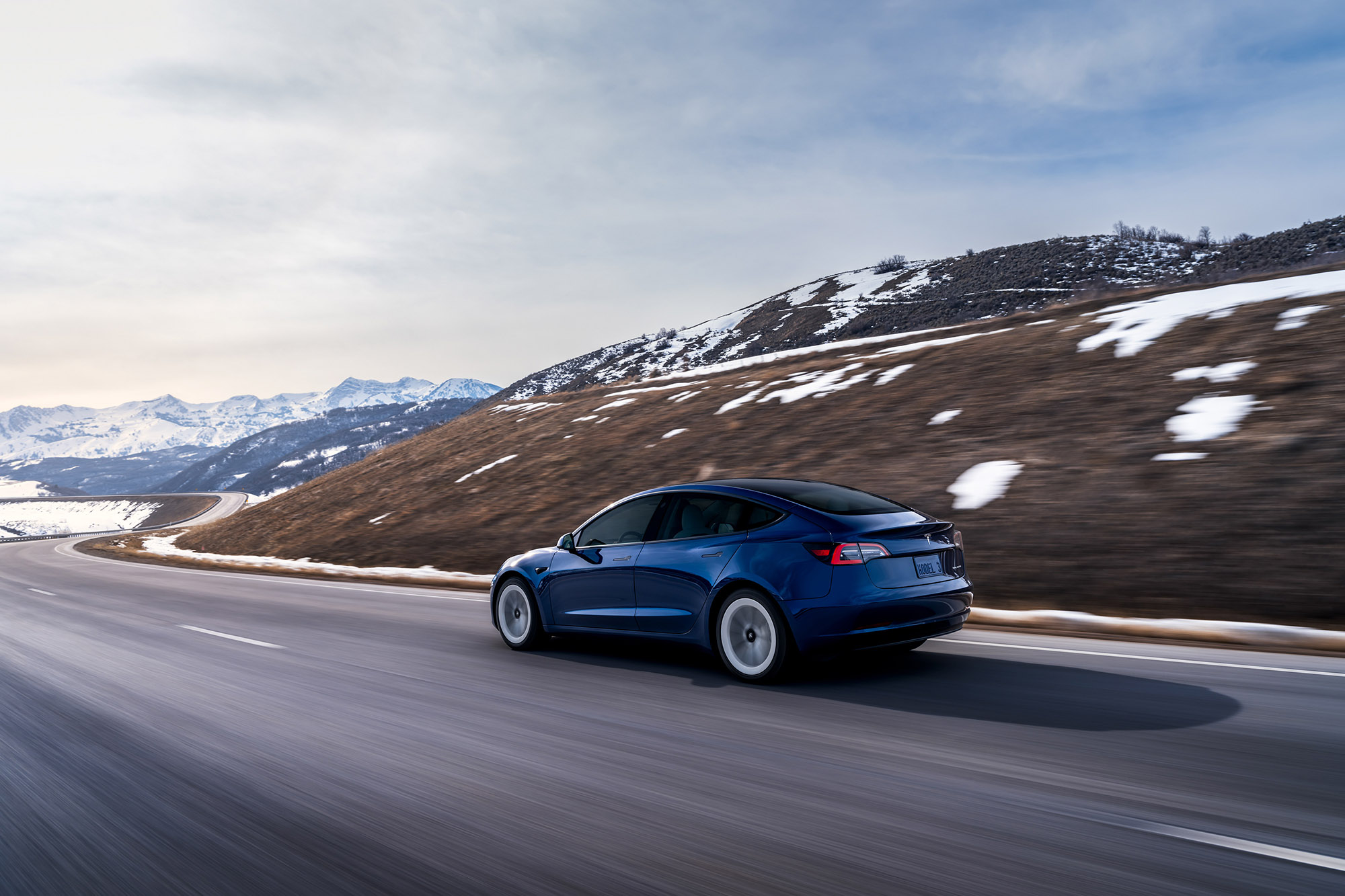 Tesla
Tesla
The Ioniq 6 also comes in three basic forms, but at Hyundai, you can pair the automaker's big 77.4-kWh battery with either RWD for as little as $47,000 or AWD for about $50,000. A second motor makes the latter option possible and ups the Ioniq 6's power rating from 225 horsepower to 320, albeit to the detriment of range.
Shoppers should note that choosing one of the top trim levels (SEL or Limited) brings larger wheels, which reduces the car's mileage. Still, any of the big-battery models will outdistance the $43,000 Standard Range variant, which comes exclusively with RWD, a 149-hp motor, and a 53.0-kWh battery.
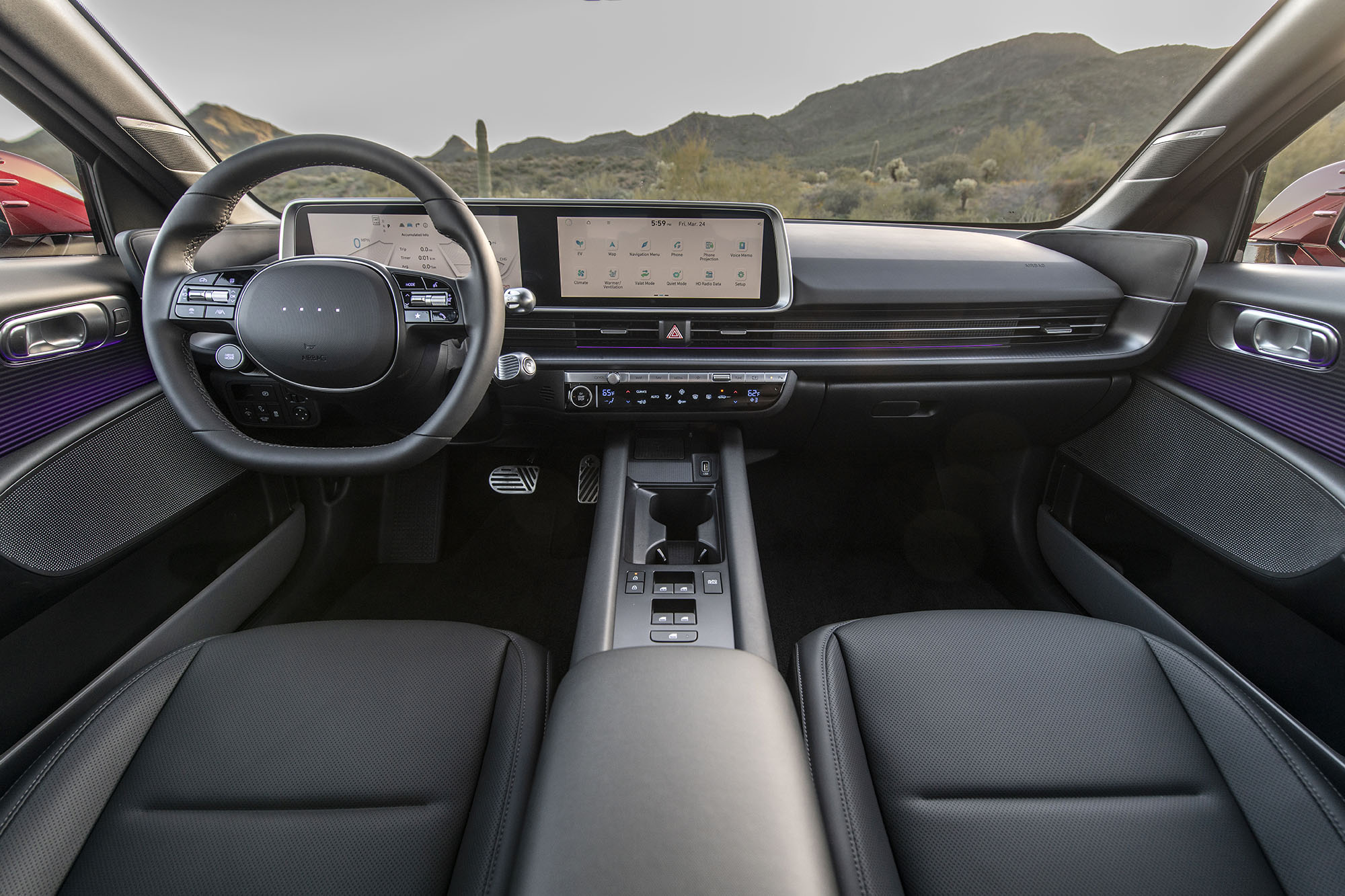 Hyundai
Hyundai
The Ioniq 6 Is Larger Outside, but Falls Short on Cargo Space
Regardless of which Model 3 you select, you'll receive rain-sensing wipers, blind-spot monitoring, a 15.0-inch infotainment touchscreen, and the automated steering, accelerating, and braking of Autopilot. That last feature requires the driver to keep their hands on the wheel. The same goes for cars equipped with Tesla's $6,000 Enhanced Autopilot assistance suite, which gives the car even more control.
Though buyers are unable to mirror their smartphones via Apple CarPlay or Android Auto, they can still watch something on Netflix or YouTube via the Tesla's touchscreen while parked.
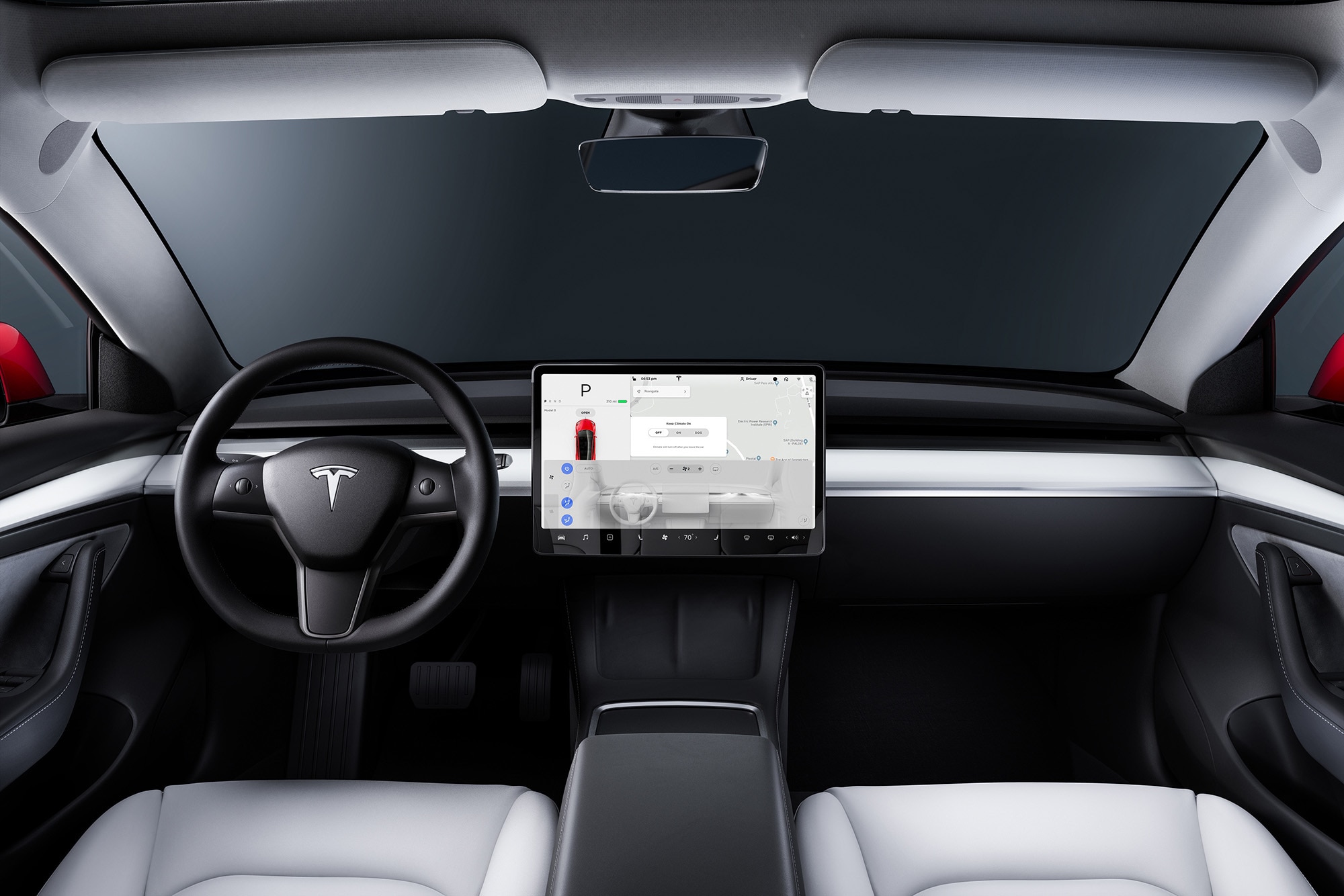 Tesla
Tesla
The Hyundai, meanwhile, has everything you'd expect from the value-oriented brand — standard adaptive cruise control with stop-and-go functionality, heated front seats, blind-spot monitoring, rear automatic emergency braking, dual-zone automatic climate control, proximity-key entry, push-button start, navigation, satellite radio, smartphone mirroring, and more. Two 12.3-inch screens grace the dashboard.
Setting it apart from the Model 3, the Ioniq 6 offers 64-color ambient lighting on the top two trims, plus ventilated front seats and a surround-view camera on the Limited. It's also longer, wider, and taller than the Tesla, which helps explain its 8 cubic-foot advantage in passenger volume. It's lacking in cargo volume, however, with only 11.2 cu-ft of space behind the rear seats and a 0.5 cu-ft frunk. The Tesla offers 21.0 cu-ft in back and 3.1 cu-ft up front.
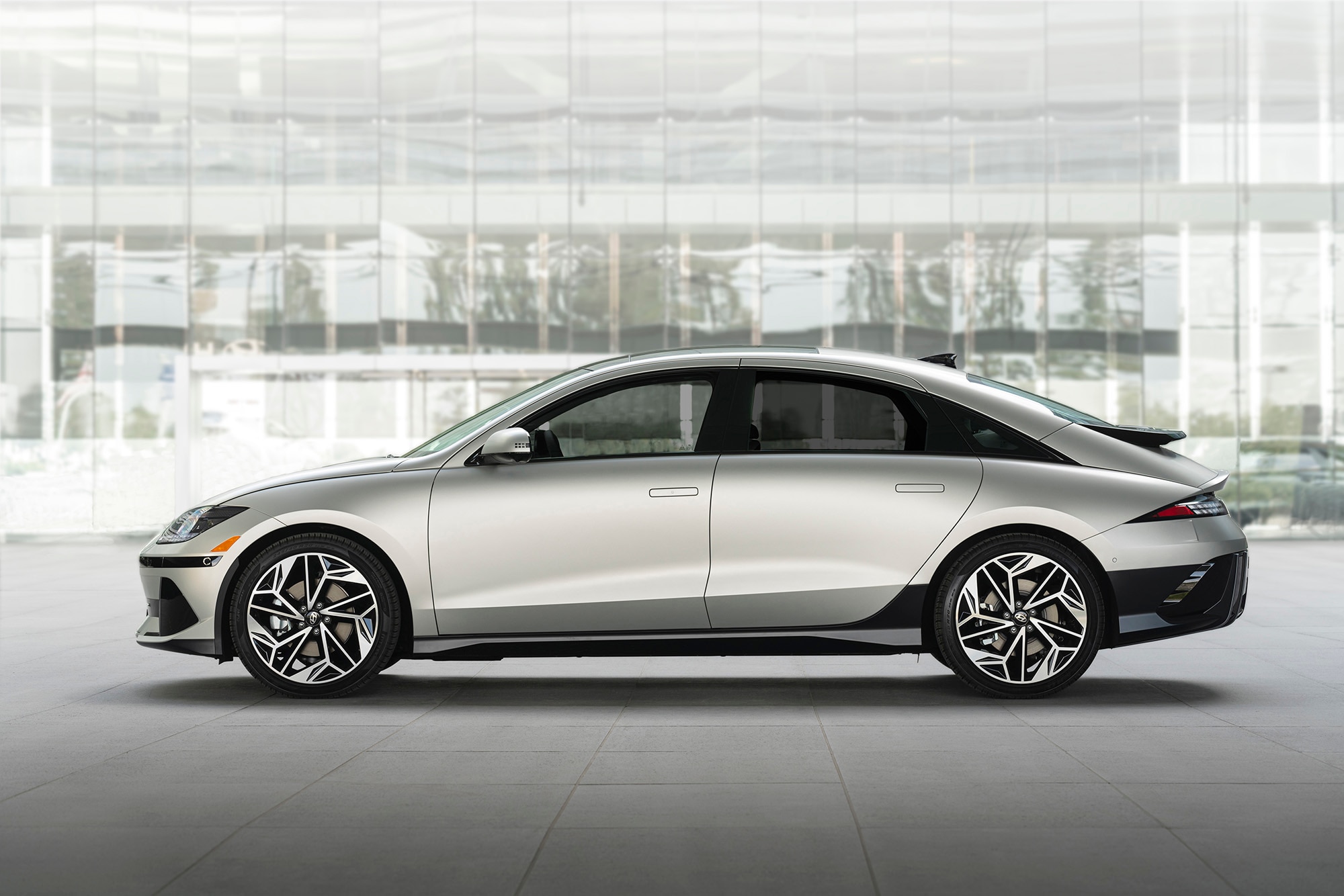 Hyundai
Hyundai
The Hyundai Wins Range Bragging Rights Over the Tesla
Base to base, the Tesla leads in range, 272 miles to 240, but the Ioniq 6 is more efficient, seeing 151/120/135 MPGe city/highway/combined versus the Model 3's 138/126/132 MPGe.
The best performer of the lot is Hyundai's big-battery rear-driver, which is good for 361 miles and 153/127/140 MPGe. That's if it's on 18-inch wheels. With 20s, those numbers drop to 305 miles and 129/105/117 MPGe, respectively.
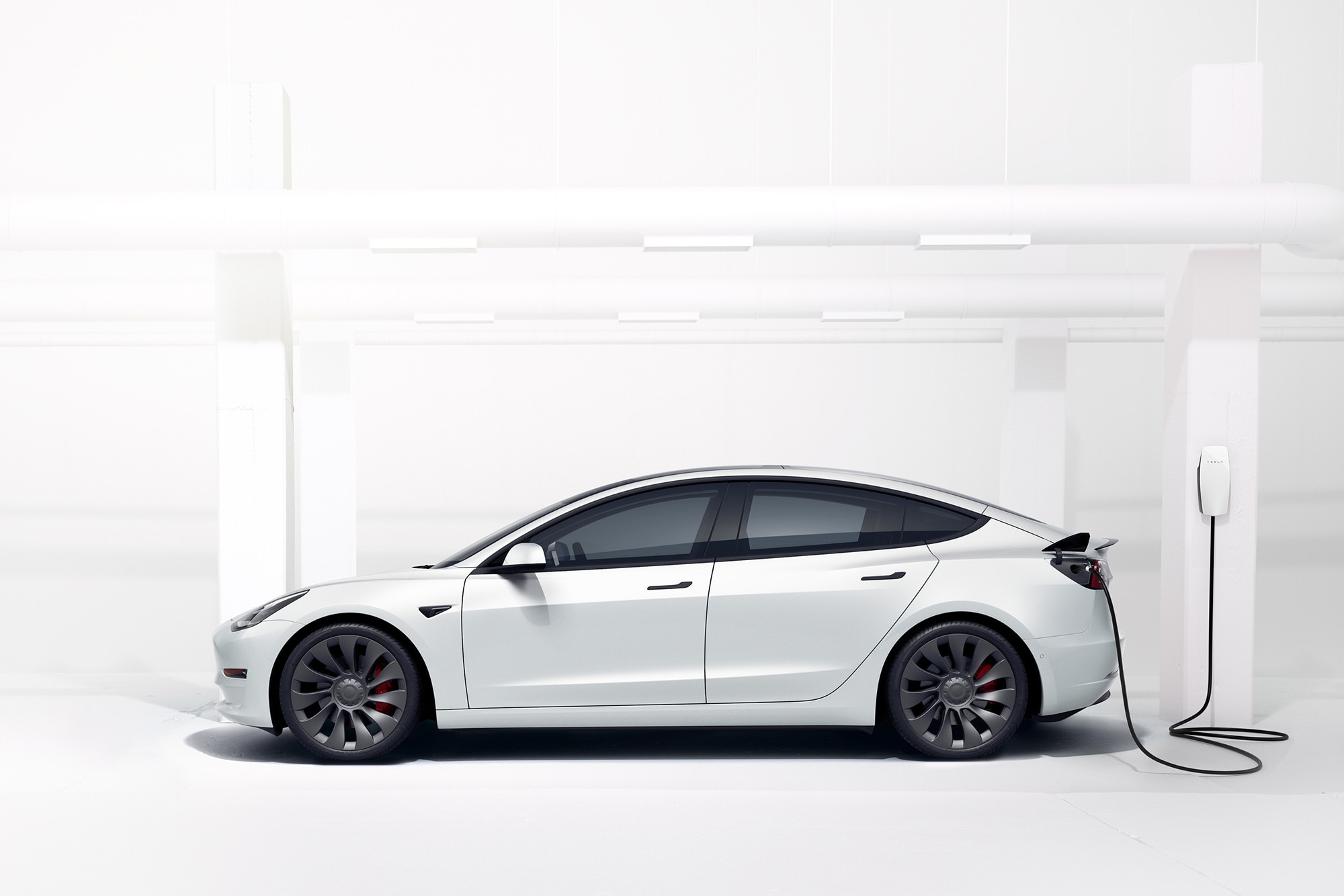 Tesla
Tesla
Tesla doesn't offer a rear-drive long-range configuration, but its base AWD Model 3 can go 358 miles between charges and scores 134/126/131 MPGe in the EPA's tests. Selecting the Performance variant yields 315 miles of range and 118/107/113 MPGe.
As for Hyundai's top offering, the Ioniq 6 Long Range AWD has a decent showing: 316 miles of range and 130/111/121 MPGe when rolling on 18s and 270 miles of range and 111/94/103 MPGe when on 20s.
All vehicle pricing includes MSRP plus destination charges (set at the time of publication), and will be rounded to the nearest thousand.



